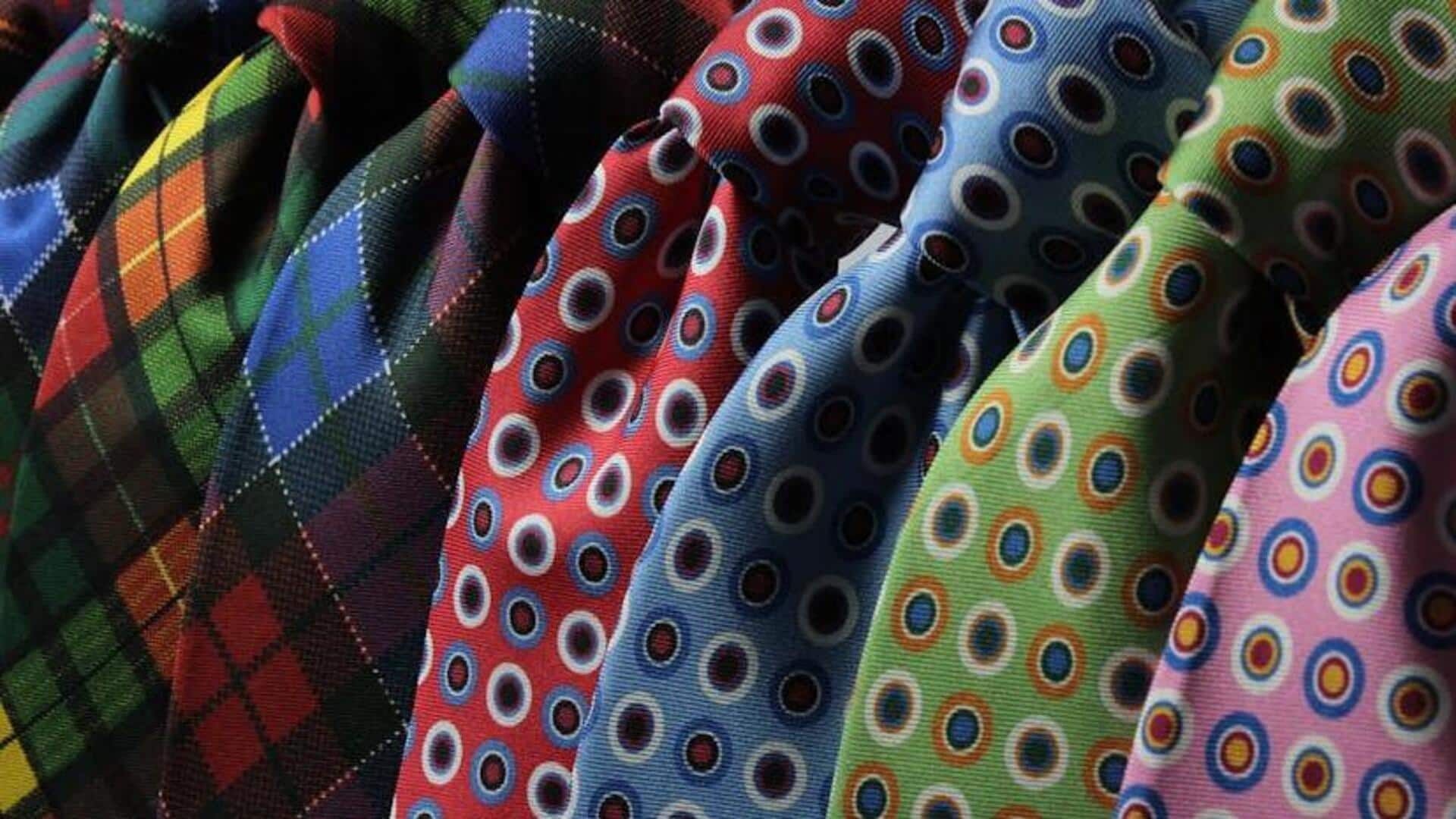The necktie, emblematic of professionalism and style, has seen significant transformations over the last hundred years. This evolution from cravats to skinny ties not only mirrors changes in fashion trends but also reflects broader societal shifts. In this article, we'll explore the history and evolution of this essential accessory, providing insights into its past importance and current significance.
The cravat to bow tie era The genesis of neckwear can be traced back to the 17th century with the advent of the cravat, evolving into the bow tie by the 19th century. Initially a piece of cloth tied around the neck for protection and decoration by Croatian mercenaries, it became a staple in men's fashion. This period emphasized elaborate designs and fabrics, showcasing status and elegance.

The rise of long ties As the 20th century began, long ties became prominent in men's fashion, thanks to the Industrial Revolution. This period introduced new materials and mass production techniques, making ties accessible across social classes. Ties varied in width, length and patterns, reflecting changing tastes and economic conditions.
This era highlighted a significant evolution in neckwear, showcasing the dynamic nature of fashion trends over time. Skinny tie revolution From the 1950s to the 1960s, the skinny tie revolution took hold, epitomizing sleekness and simplicity. It was popularized by musicians and actors, becoming a hallmark of modernity and youth culture.
This era marked a significant shift from traditional styles to minimalist designs, reflecting a broader cultural move toward simplicity in fashion. This period underscored a departure from ornate styles to embrace streamlined aesthetics. Return of wider ties In the late 20th century, wider ties made a comeback, aligning with power dressing trends that symbolized professional success.
This era saw ties with bolder patterns and a focus on luxury fabrics, which indicated wealth and status. The revival of wider ties was not just a fashion statement but also a reflection of societal values related to success and prestige in the professional world. Practical advice: Choosing your tie When choosing a tie, consider occasion, outfit compatibility, and personal style.
For formal events, select silk or satin ties in classic colors like navy or burgundy. In business settings, opt for conservative patterns such as stripes or dots. Casual outings offer more freedom; experiment with textures like wool or linen and vibrant colors or unique prints.
.


















